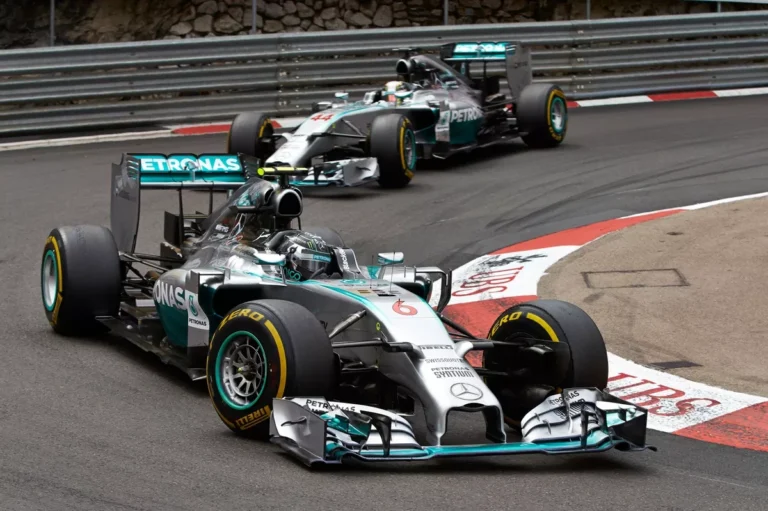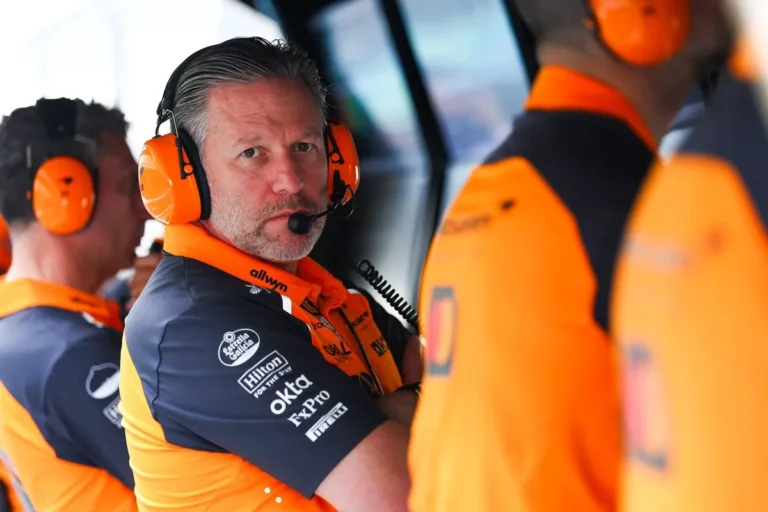
McLaren Racing CEO Zak Brown has reflected on why Formula 1 long struggled to connect with audiences in the United States before Liberty Media’s takeover and Netflix’s Drive to Survive series. He pointed to the absence of a consistent venue in North America as a key factor. For decades, races hopped between locations like Long Beach, Watkins Glen, Dallas, Las Vegas, and Phoenix without establishing lasting roots. Gaps in the calendar, such as years without any U.S. race, further weakened the sport’s presence. Even when Formula 1 returned to Indianapolis, controversies like the infamous “Tyregate” damaged its appeal.
According to Brown, the sport’s inability to settle in one location meant it couldn’t build the familiarity and loyalty needed for long-term popularity. Without a fixed date or venue, fans lacked a sense of connection, making it impossible to grow a strong North American following. He noted that no sport can thrive in a region if it appears inconsistently or feels transient. This lack of stability, he argued, left the door open for other sports to dominate the American motorsport landscape.
Beyond logistical challenges, Brown admitted Formula 1’s culture had long been viewed as too exclusive. Before Liberty Media’s ownership, the sport often kept fans at arm’s length rather than inviting them in. Brown credited Liberty with shifting this mindset, actively working to make F1 more accessible and engaging. The new approach focused on breaking down barriers between teams, drivers, and fans, offering behind-the-scenes access that had never been seen before.
Netflix’s Drive to Survive became a game-changer, showcasing the personalities, rivalries, and human drama of the sport. For many Americans, it was their first intimate look at Formula 1, and it sparked a surge of interest. Combined with Liberty’s emphasis on fan interaction, the series transformed F1 from a niche event into a growing entertainment phenomenon in the U.S. Brown stressed that sports today are not just about competition—they must also deliver memorable experiences.
Today, the United States boasts three grands prix—Miami, Austin, and Las Vegas—with Austin’s Circuit of the Americas considered one of the standout races on the calendar. Brown believes this shift from being absent and exclusive to being present, inclusive, and entertainment-focused has been crucial to the sport’s rise in America. Formula 1, he said, has embraced its role as both competition and spectacle, ensuring that fans leave not just impressed by the racing but entertained by the entire event.



